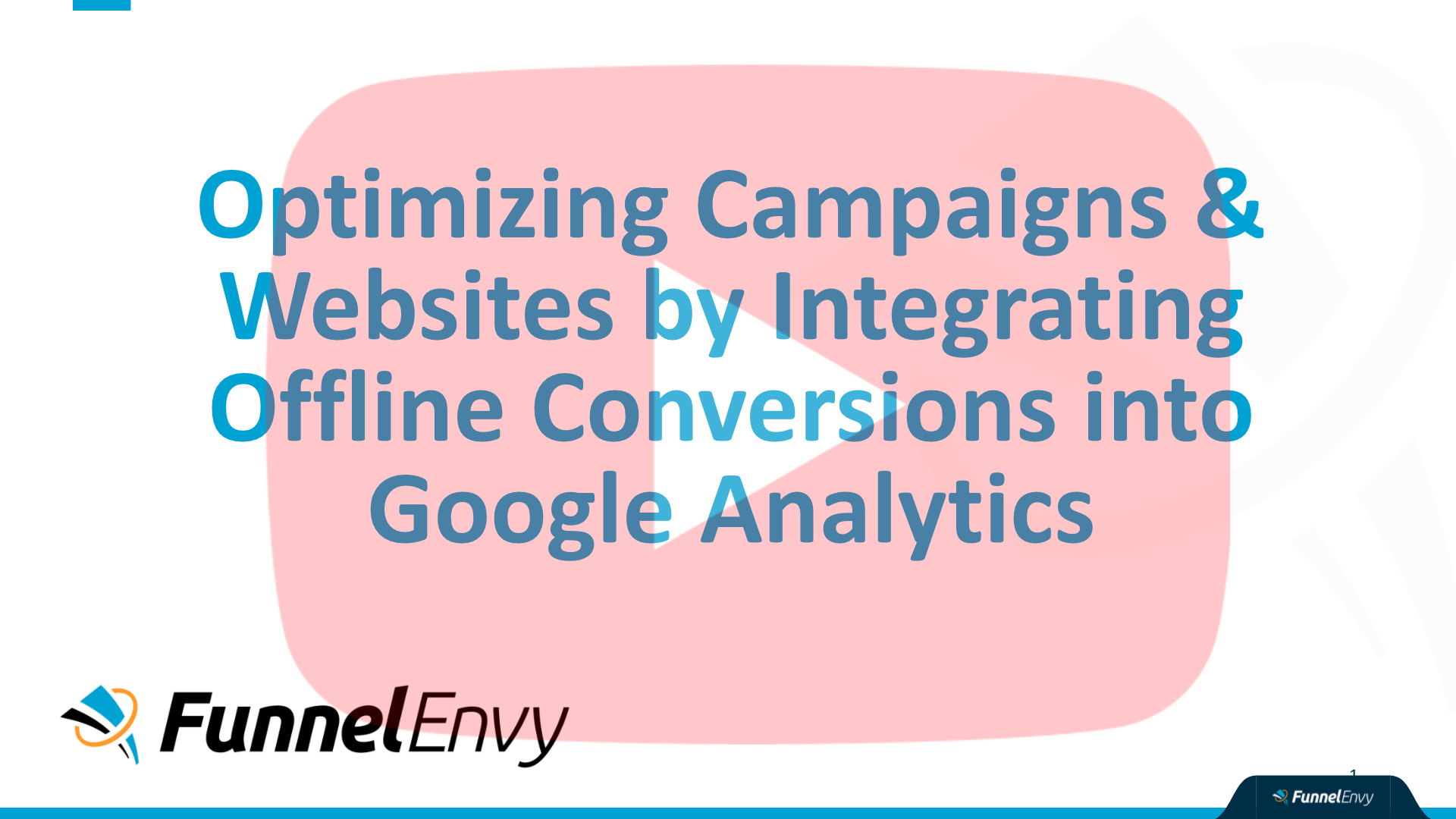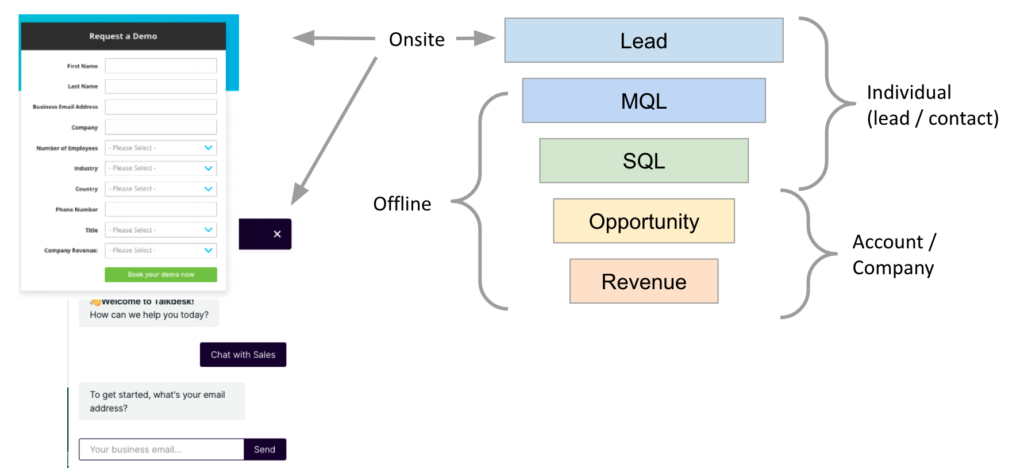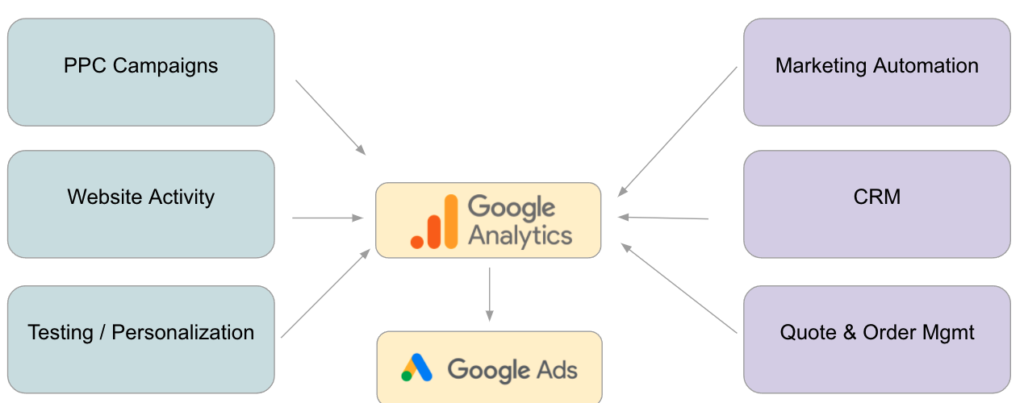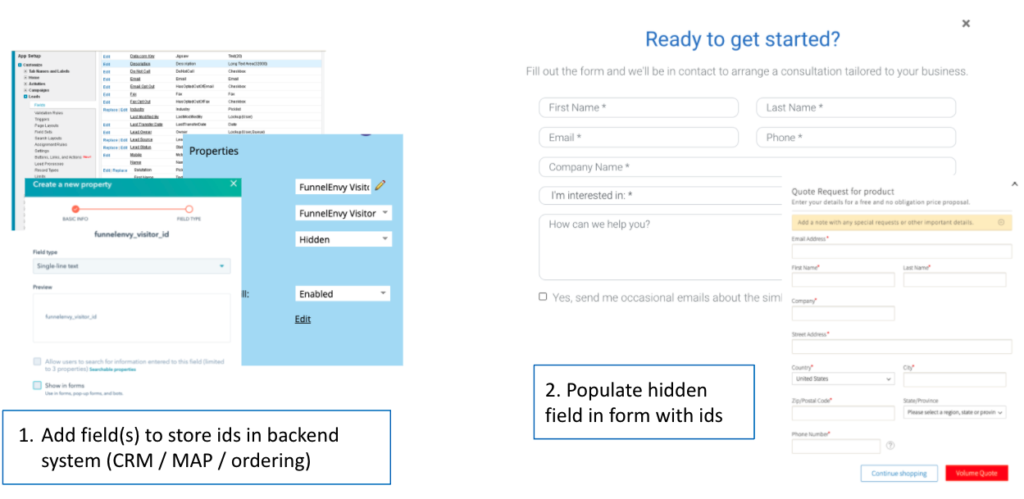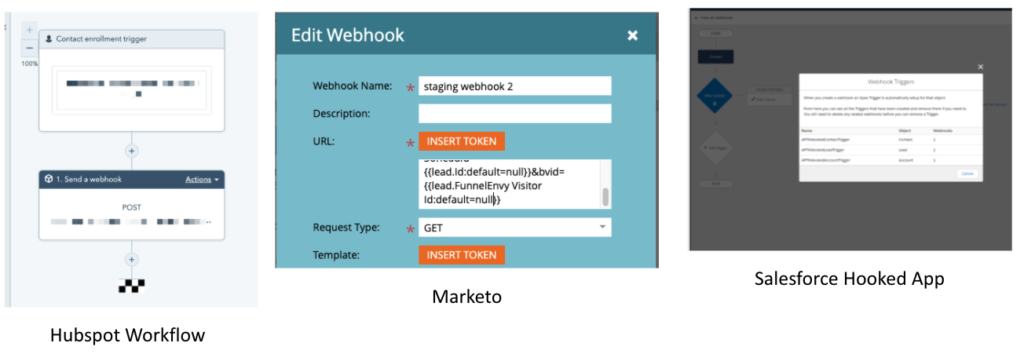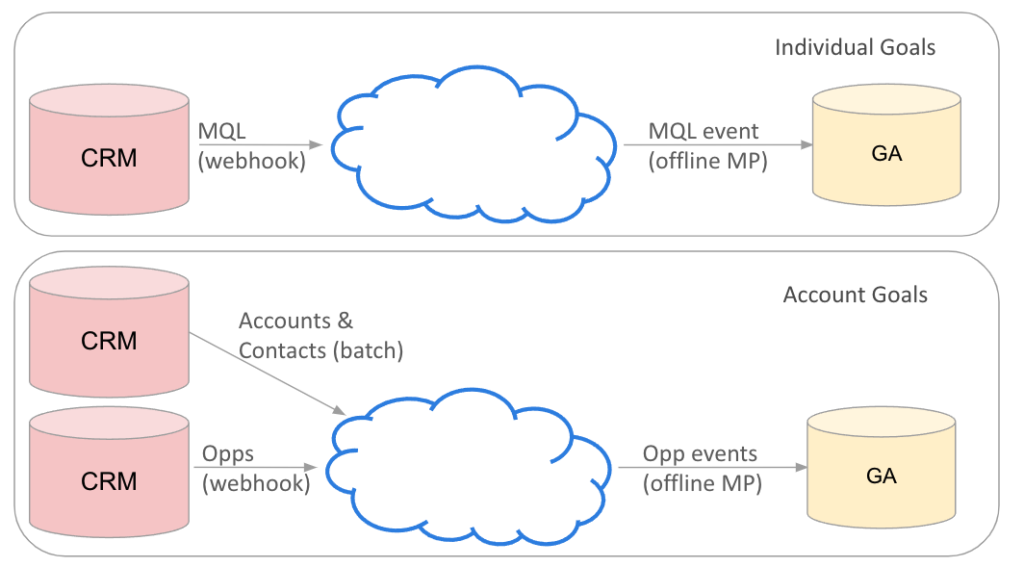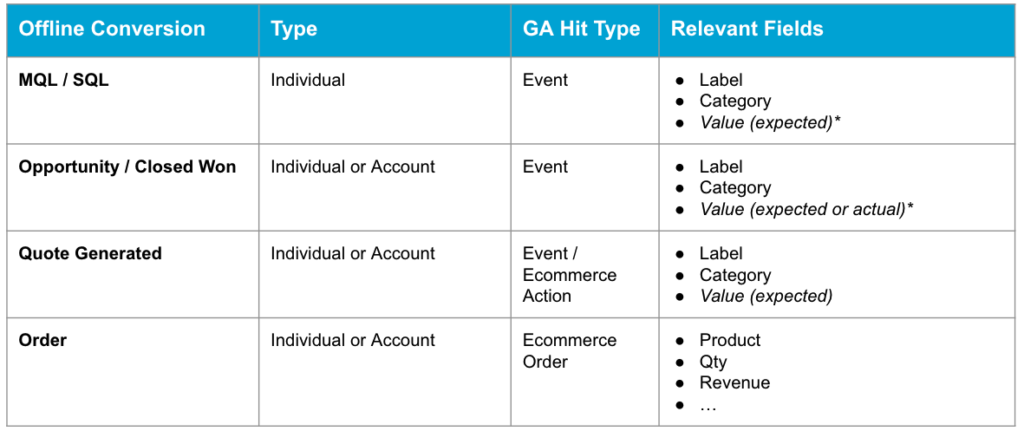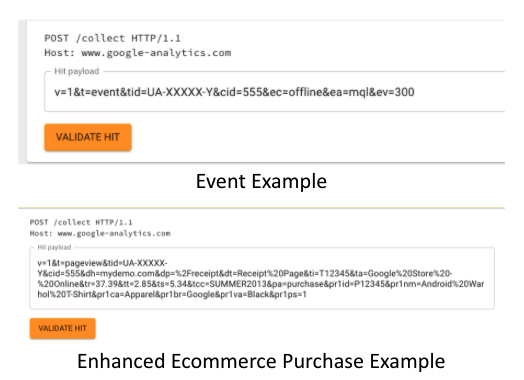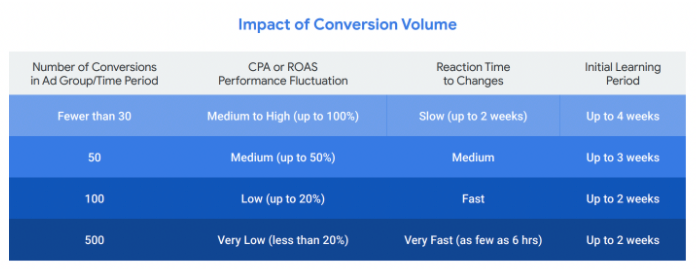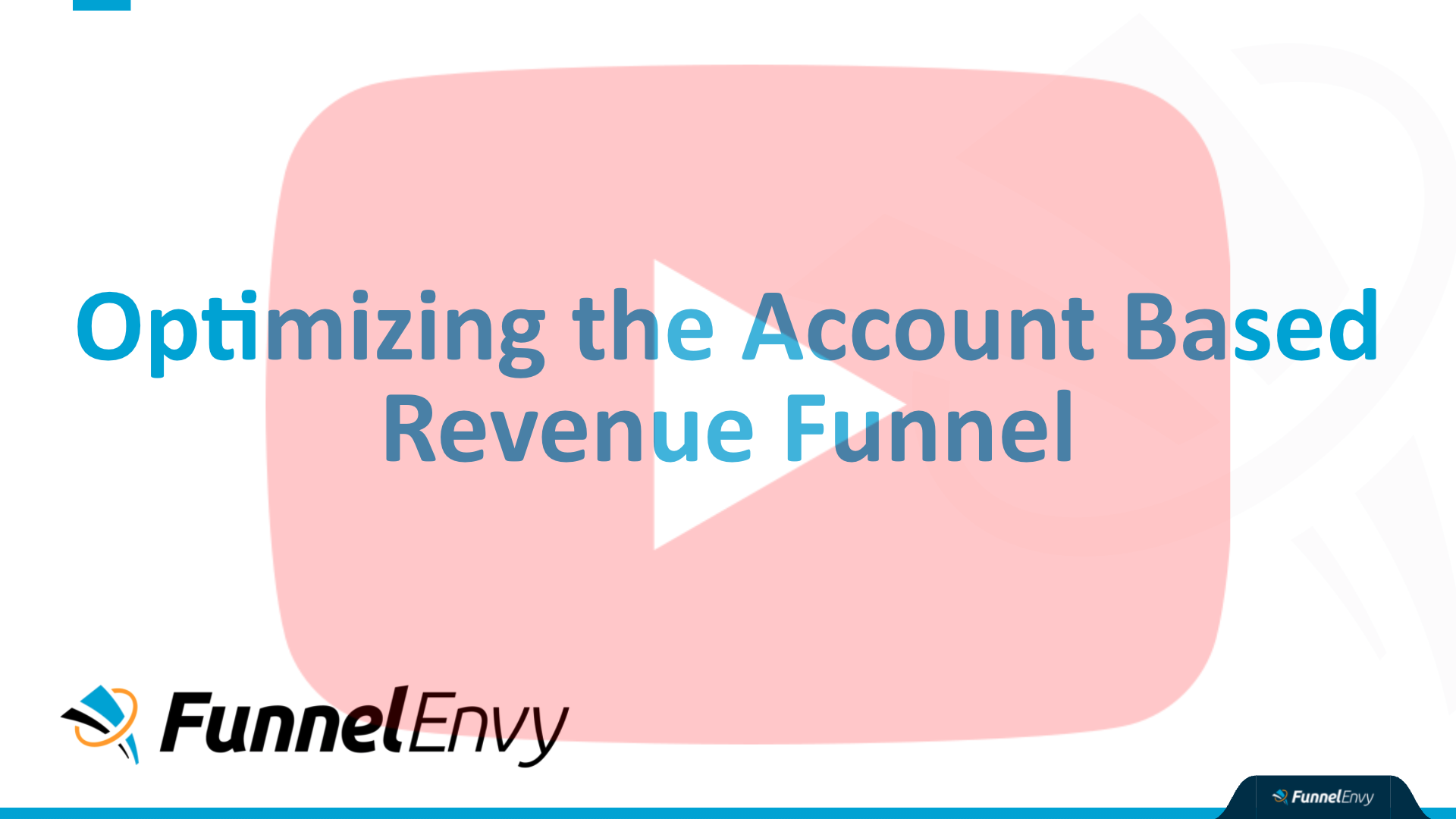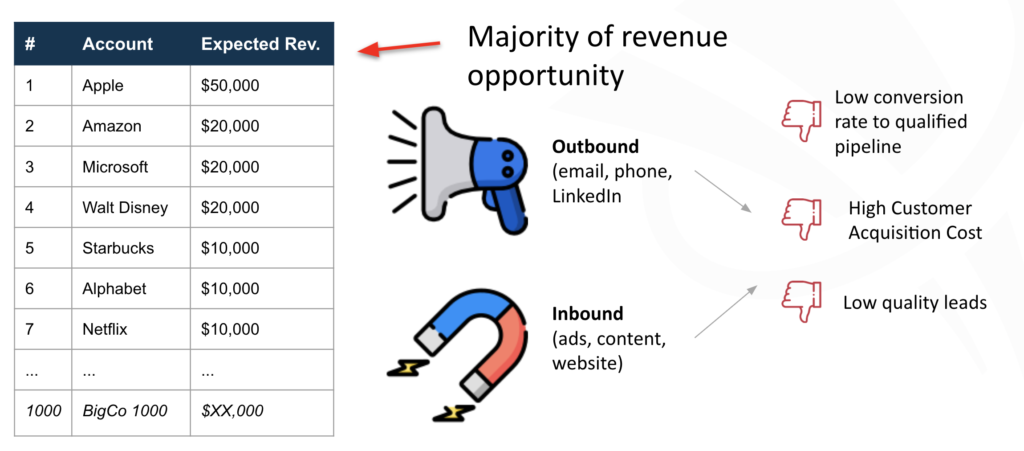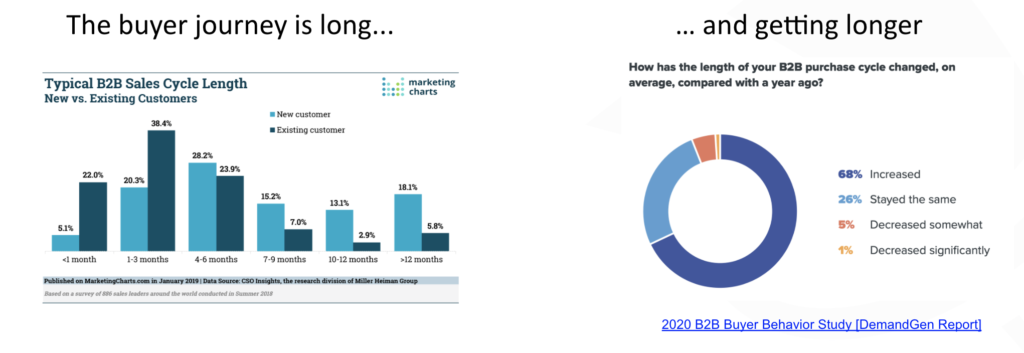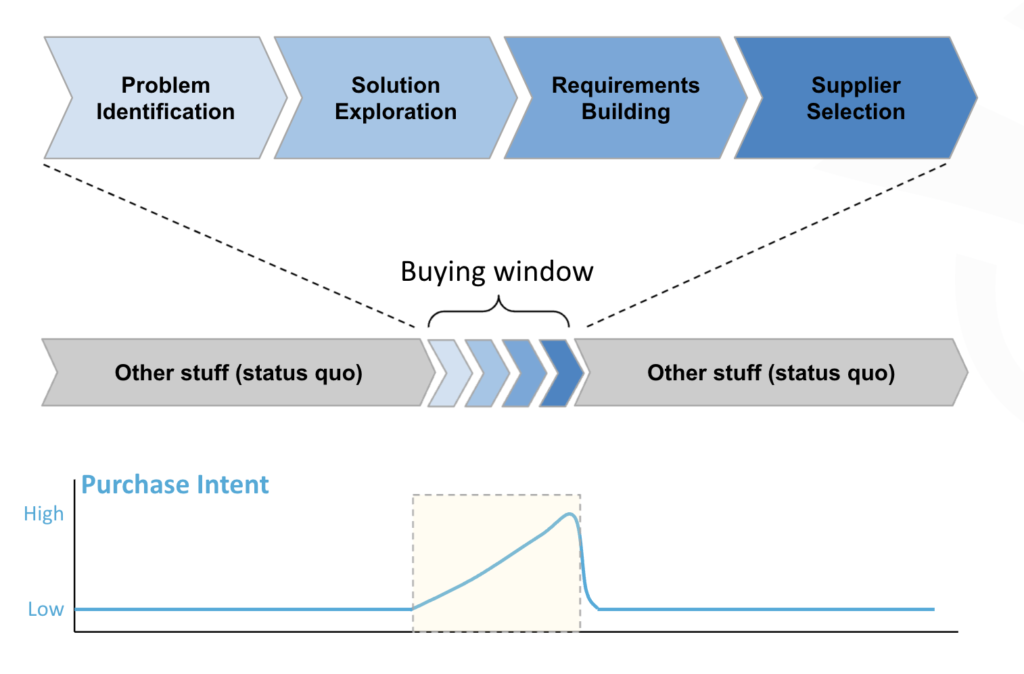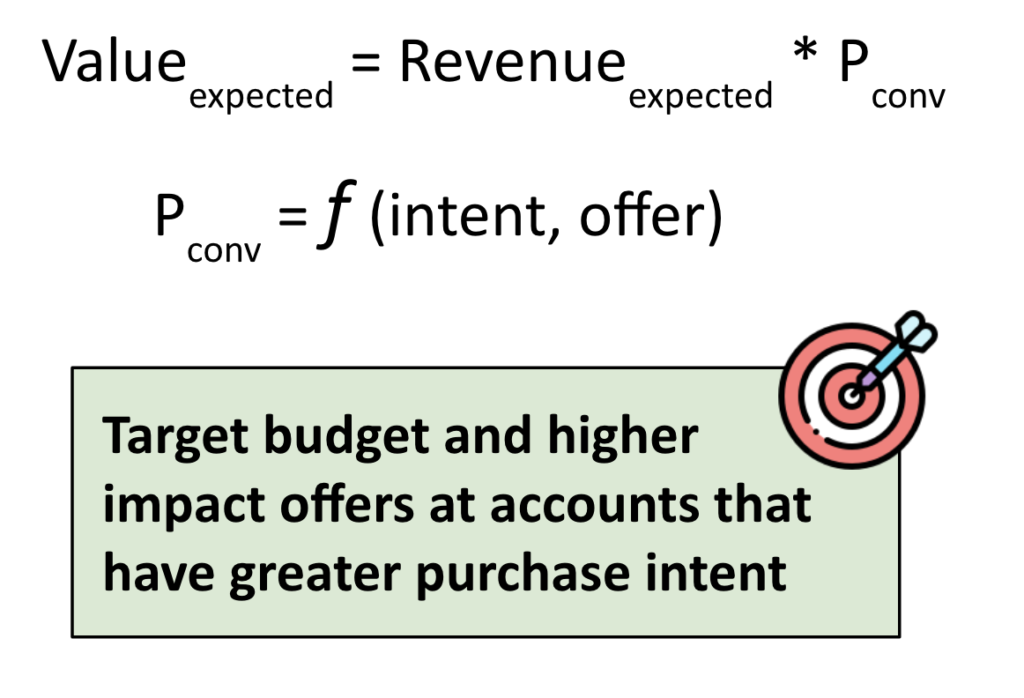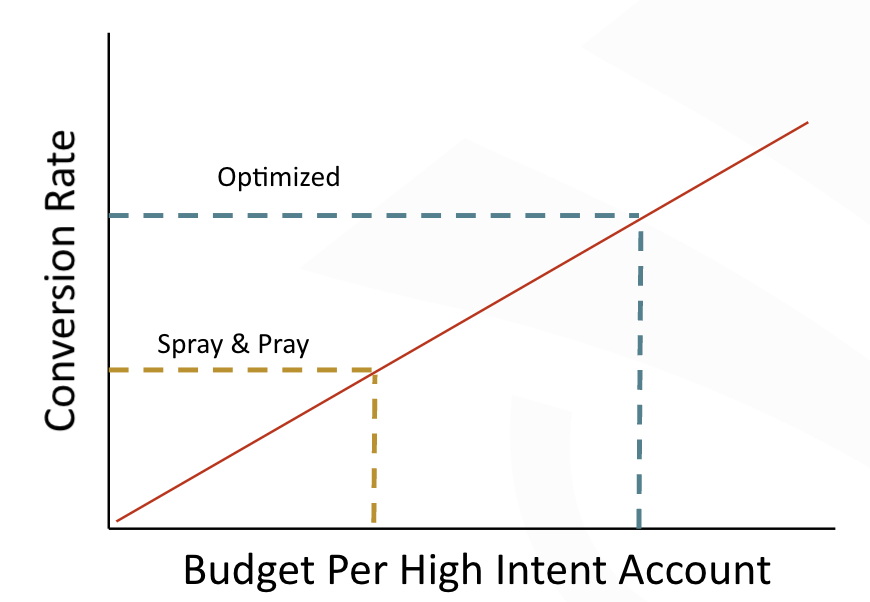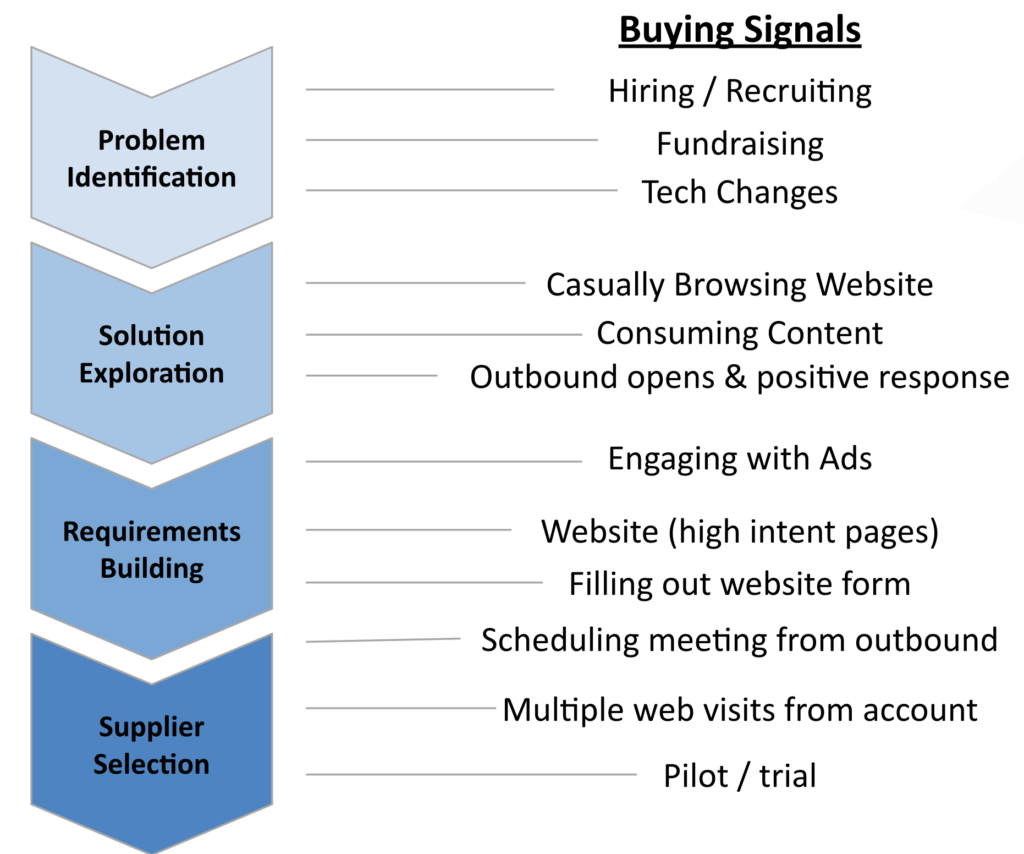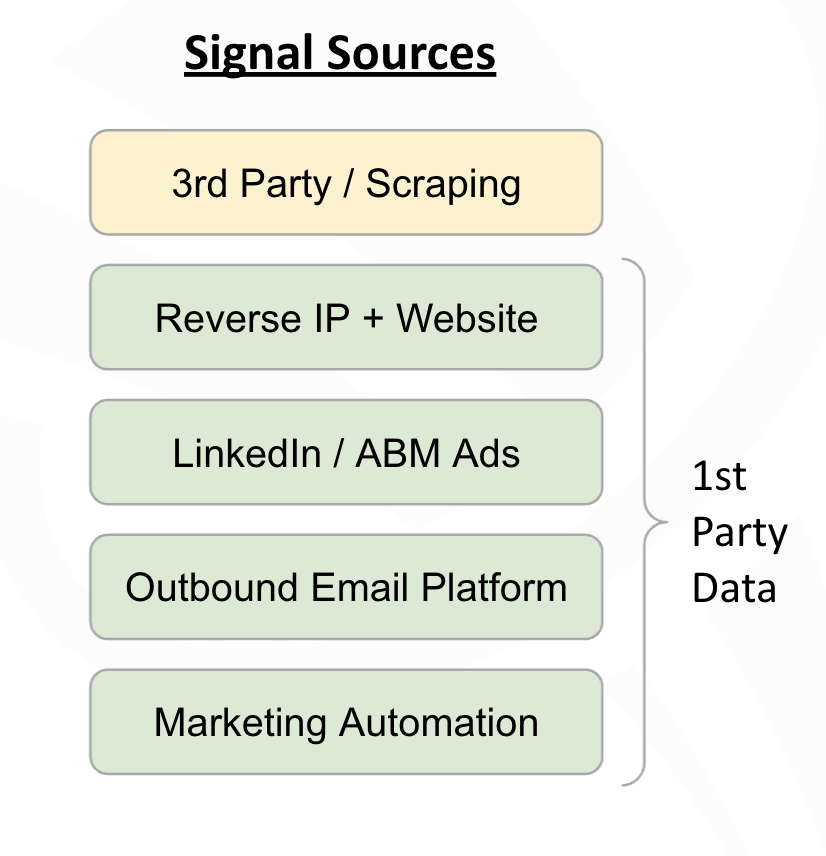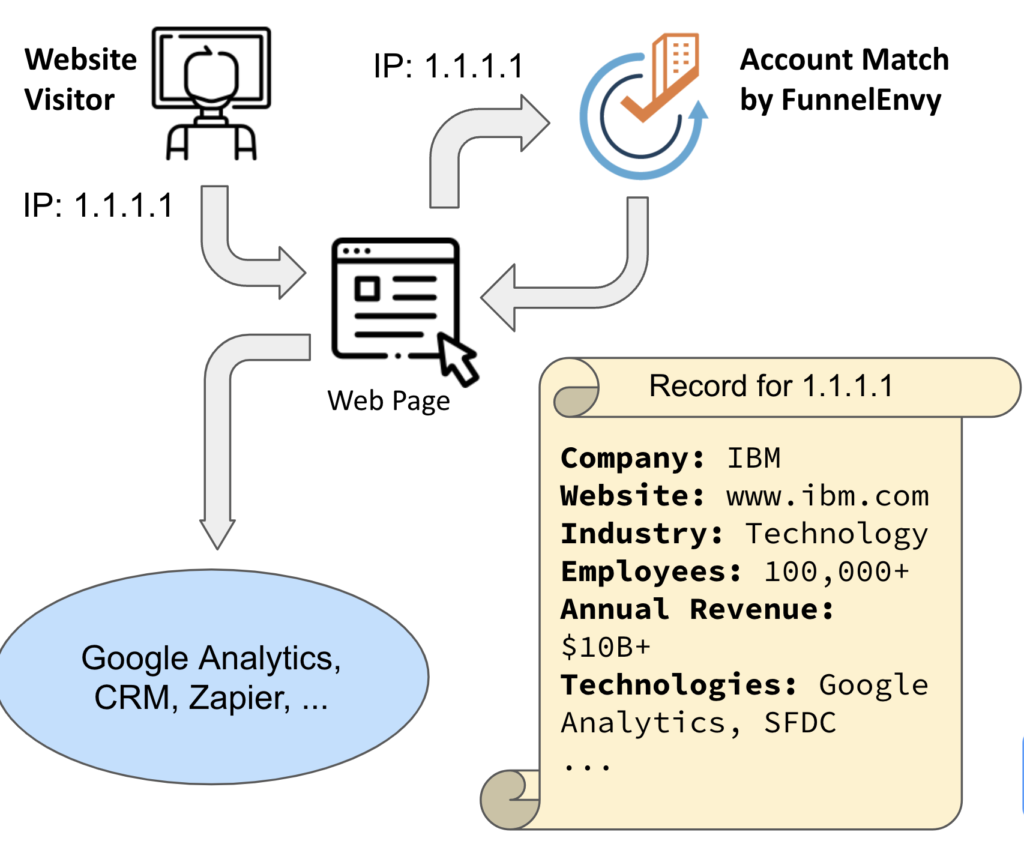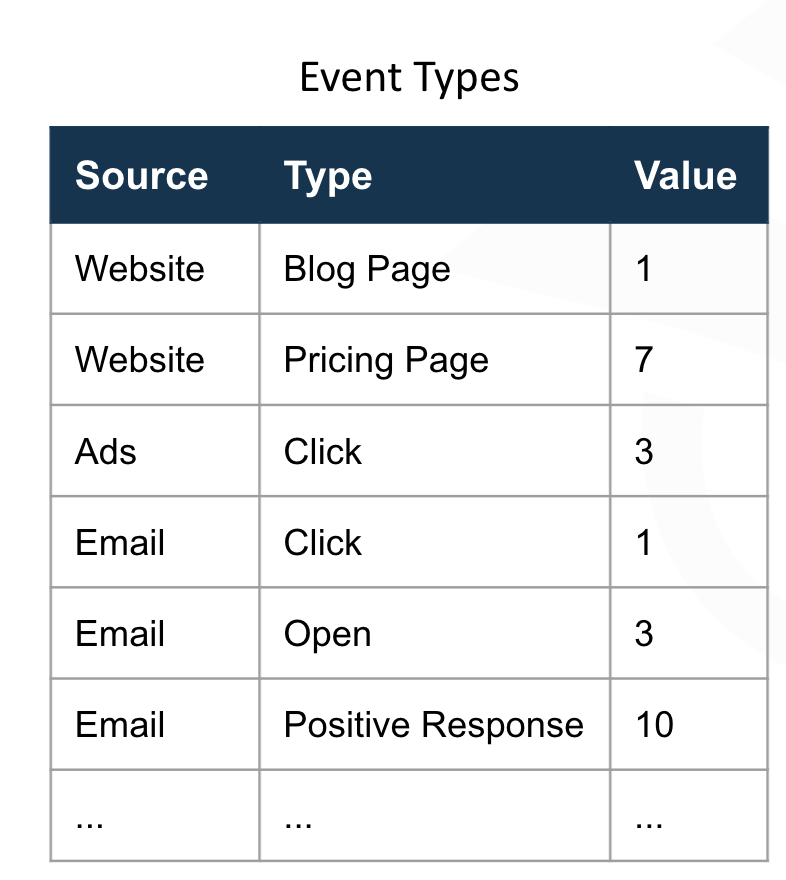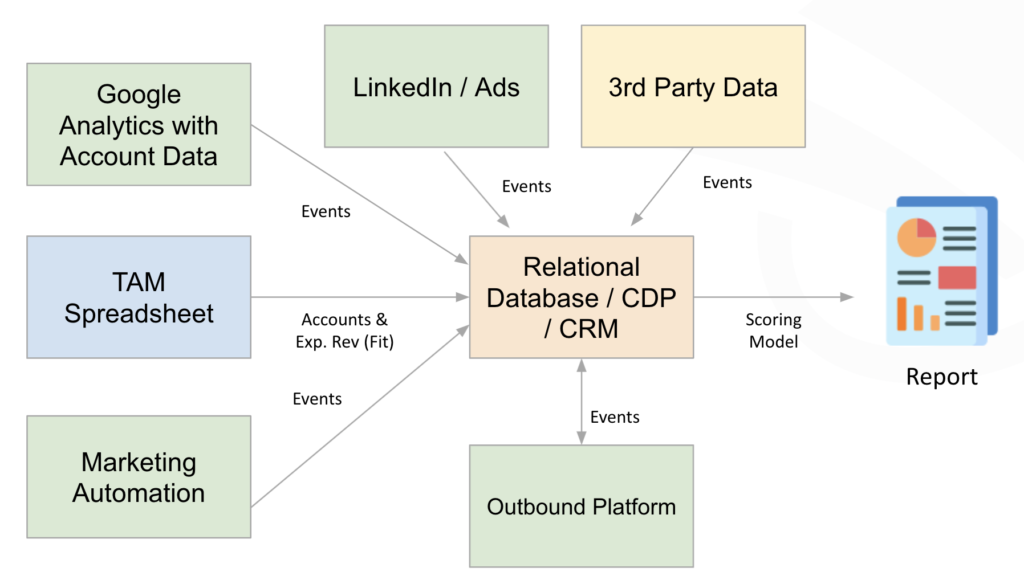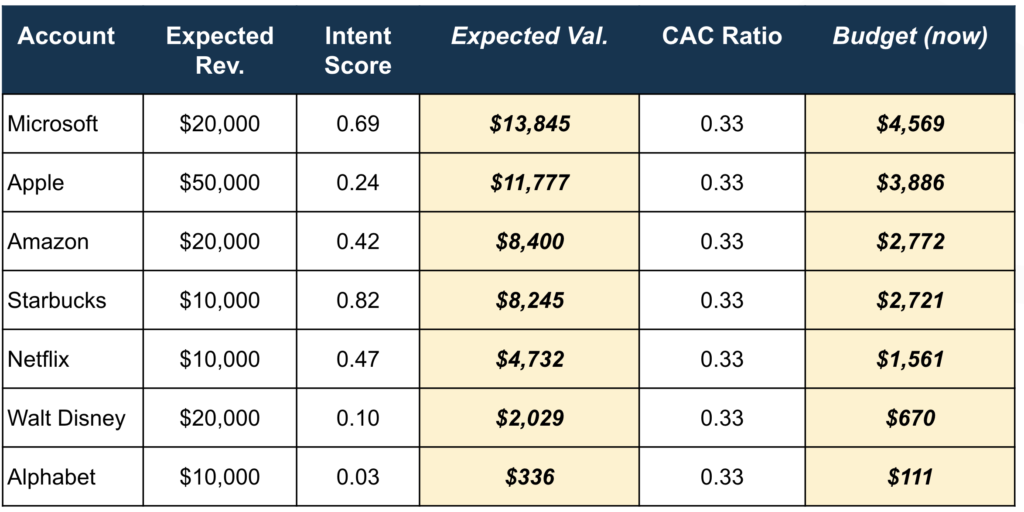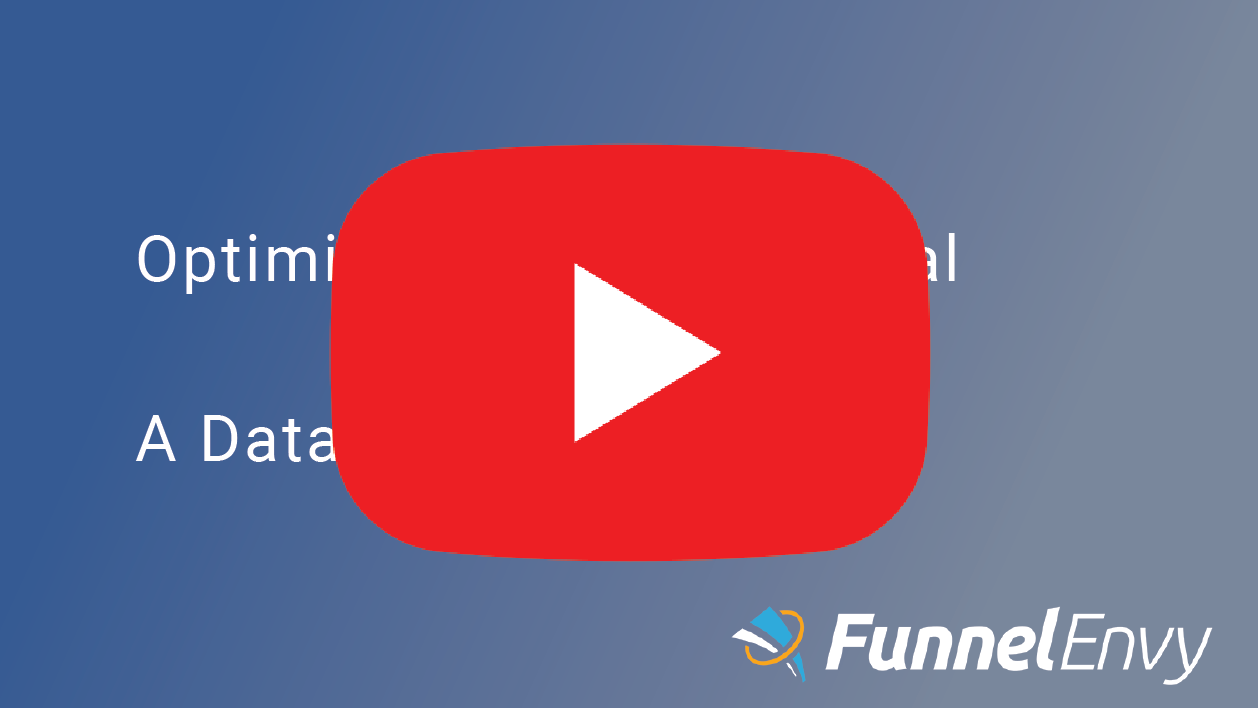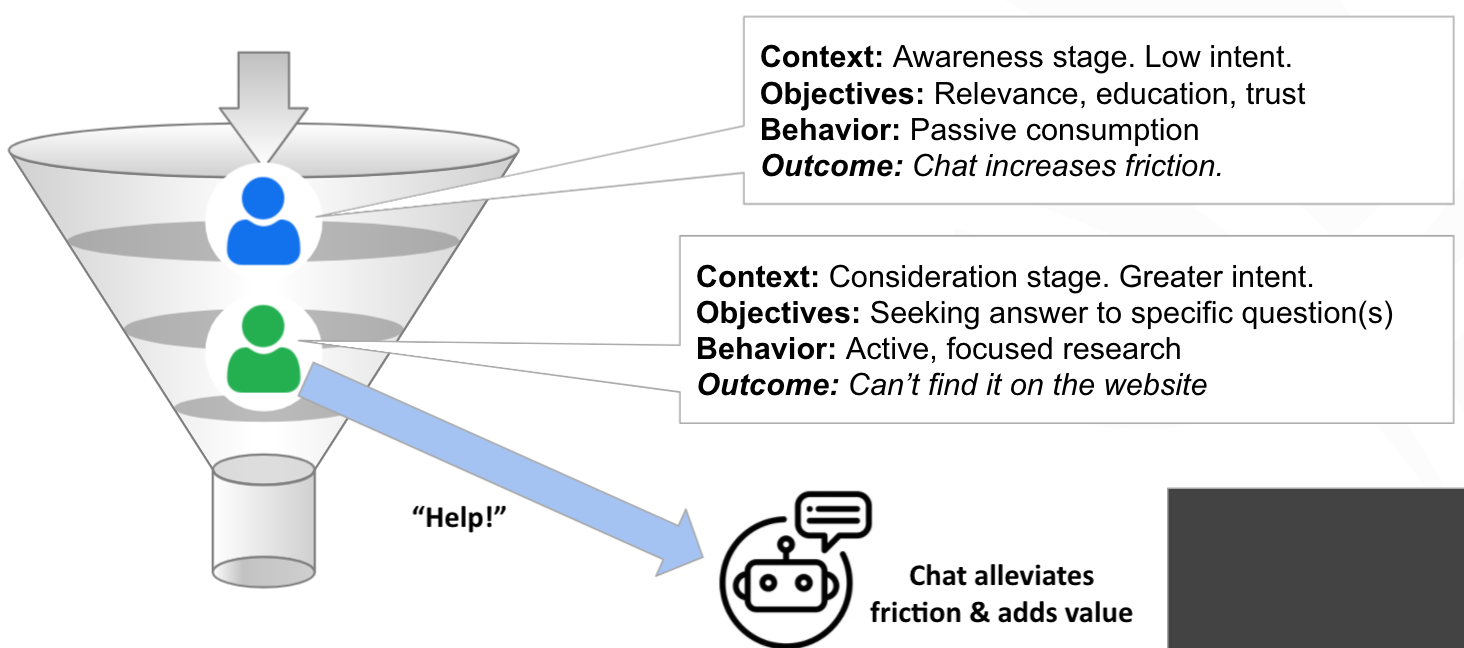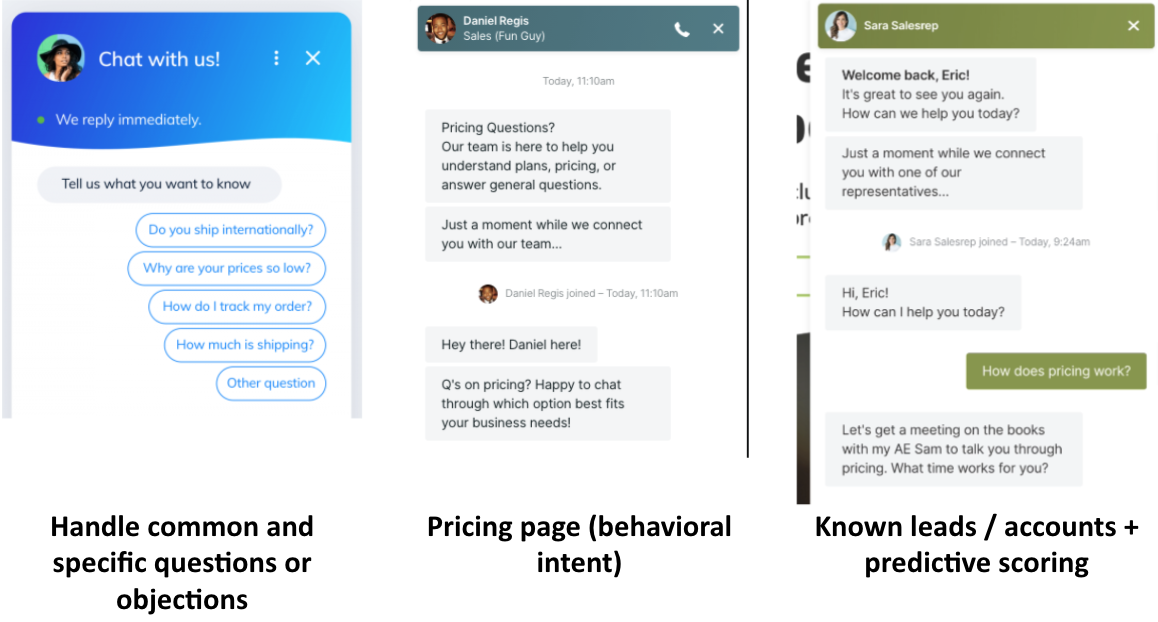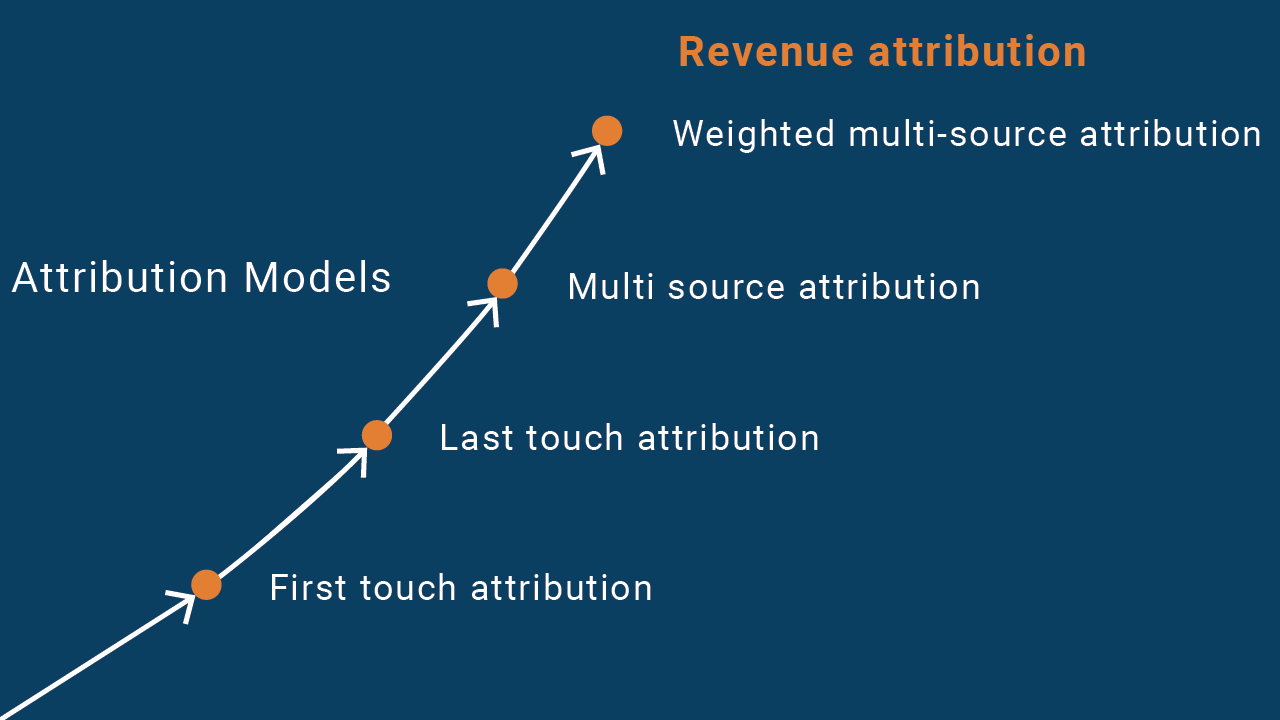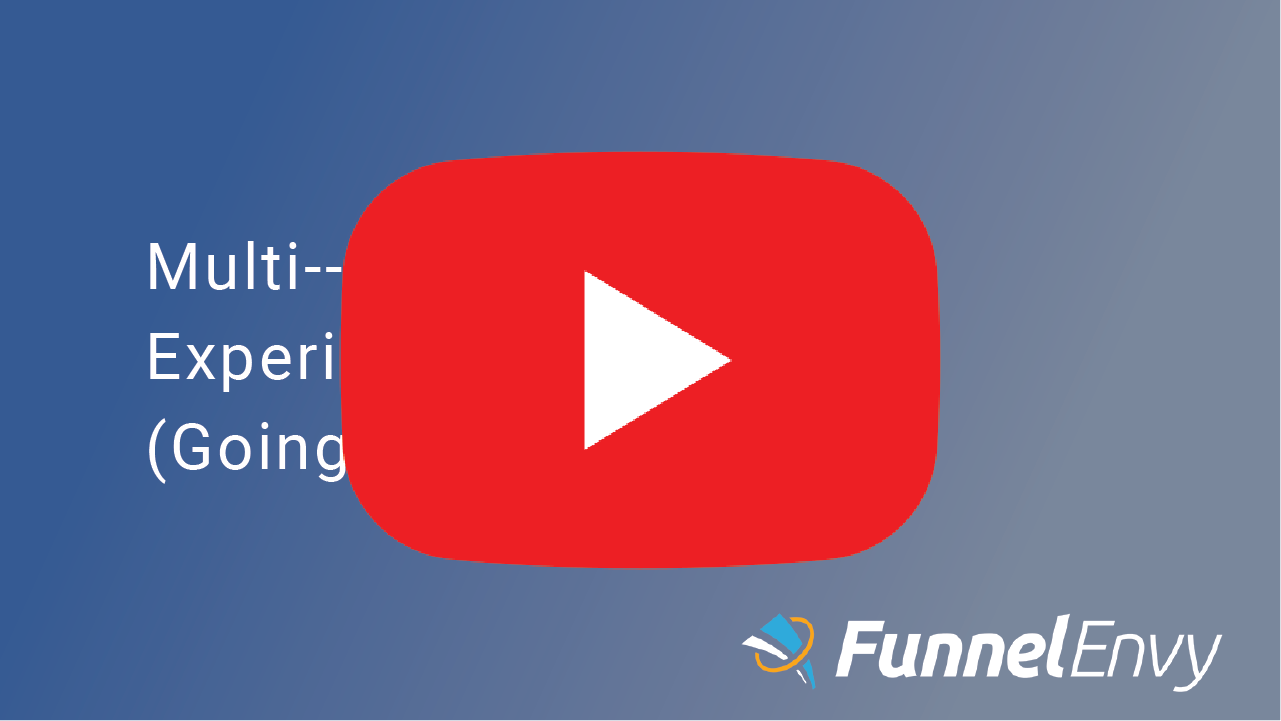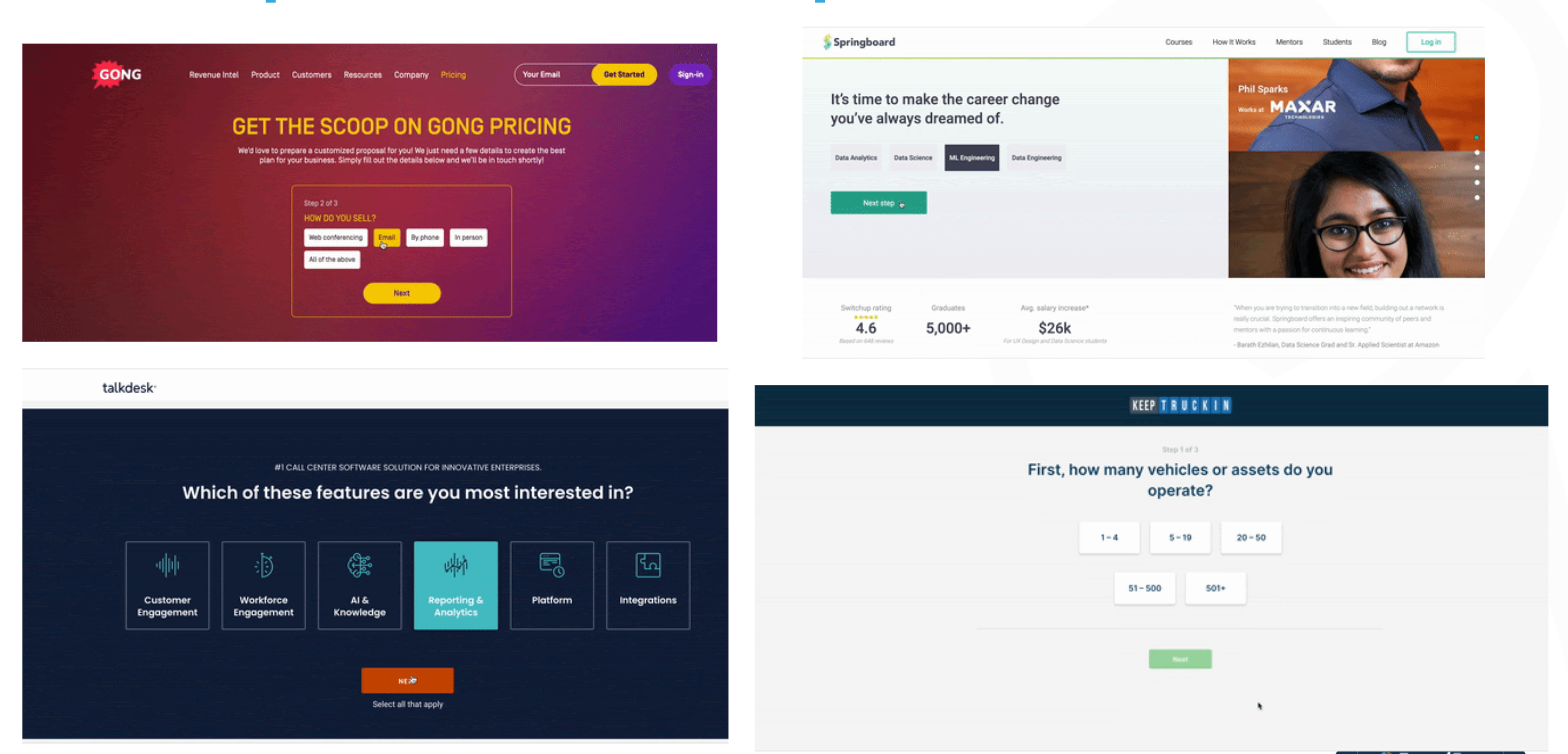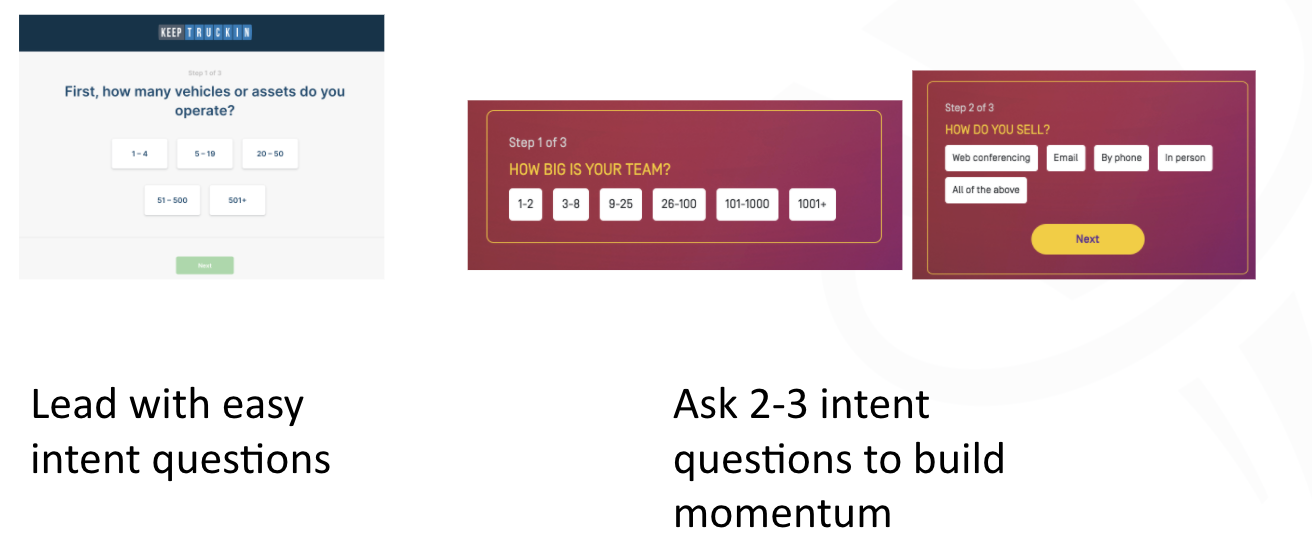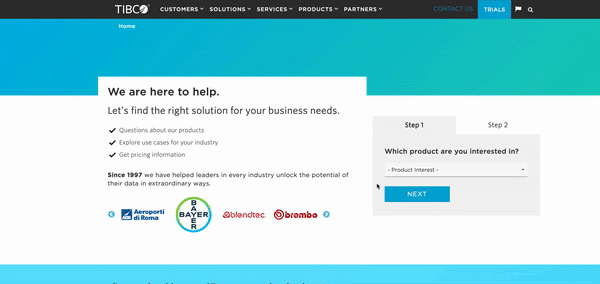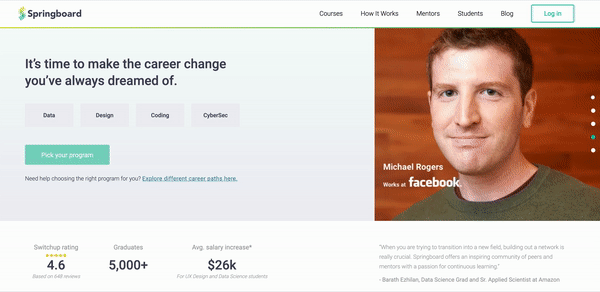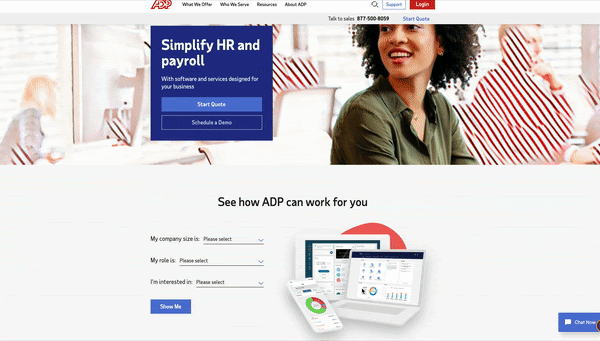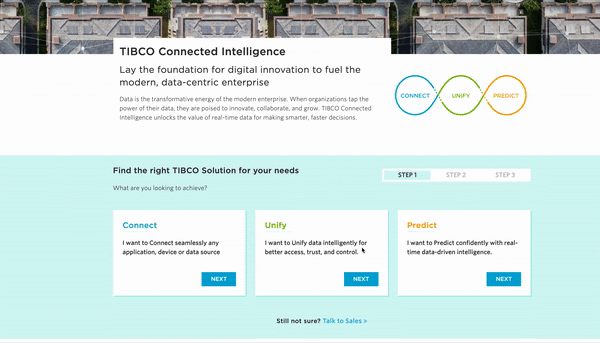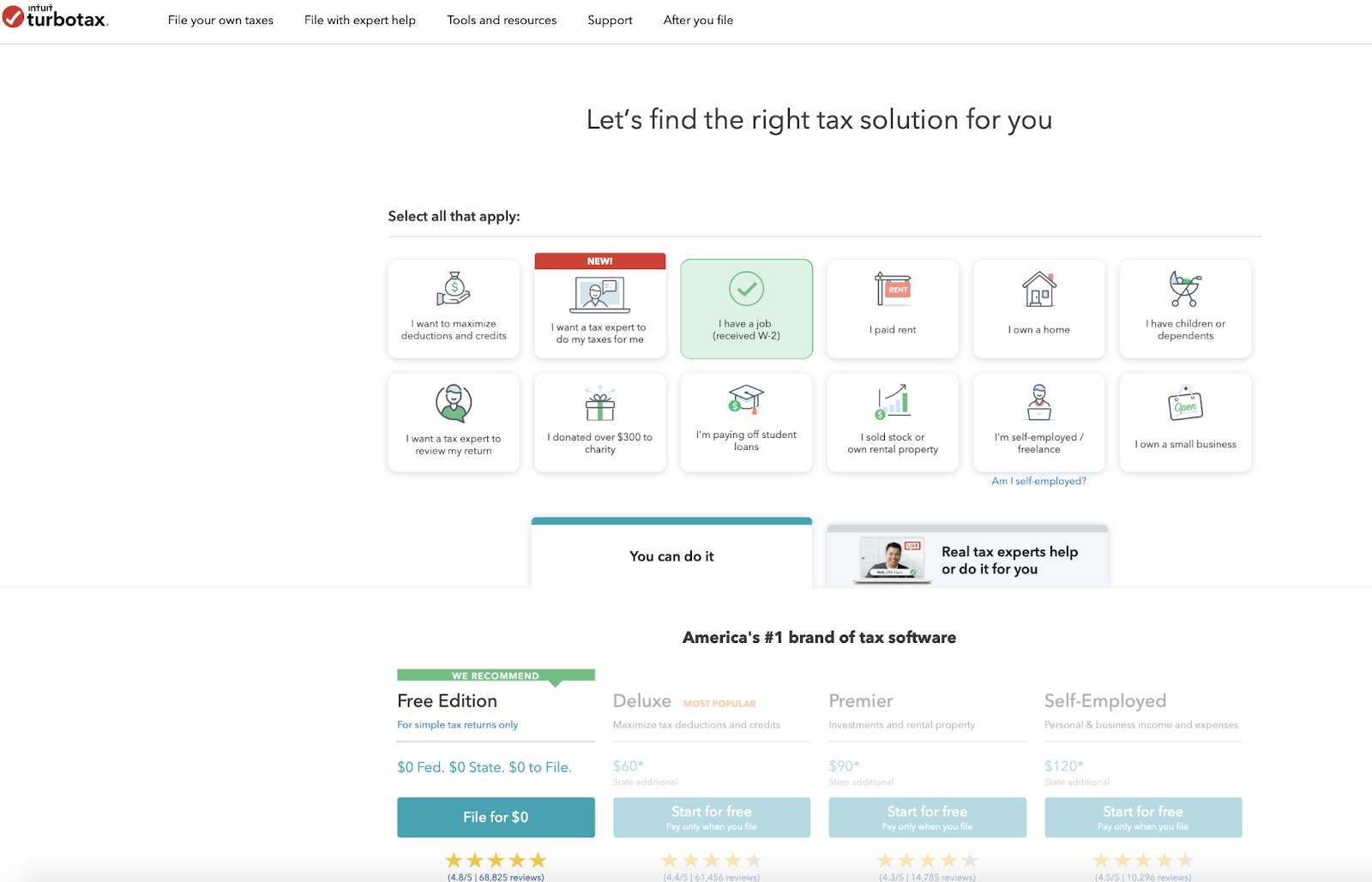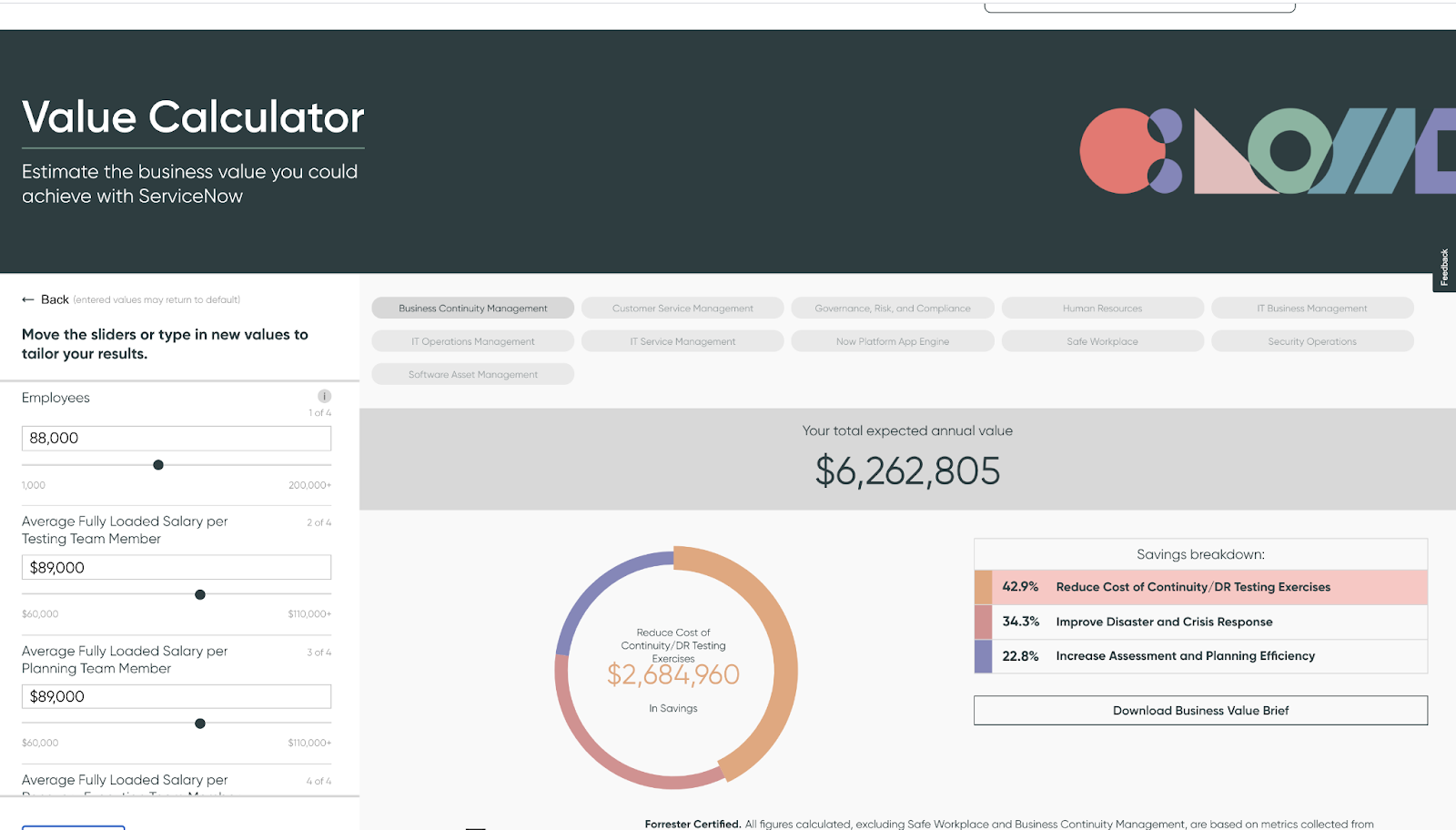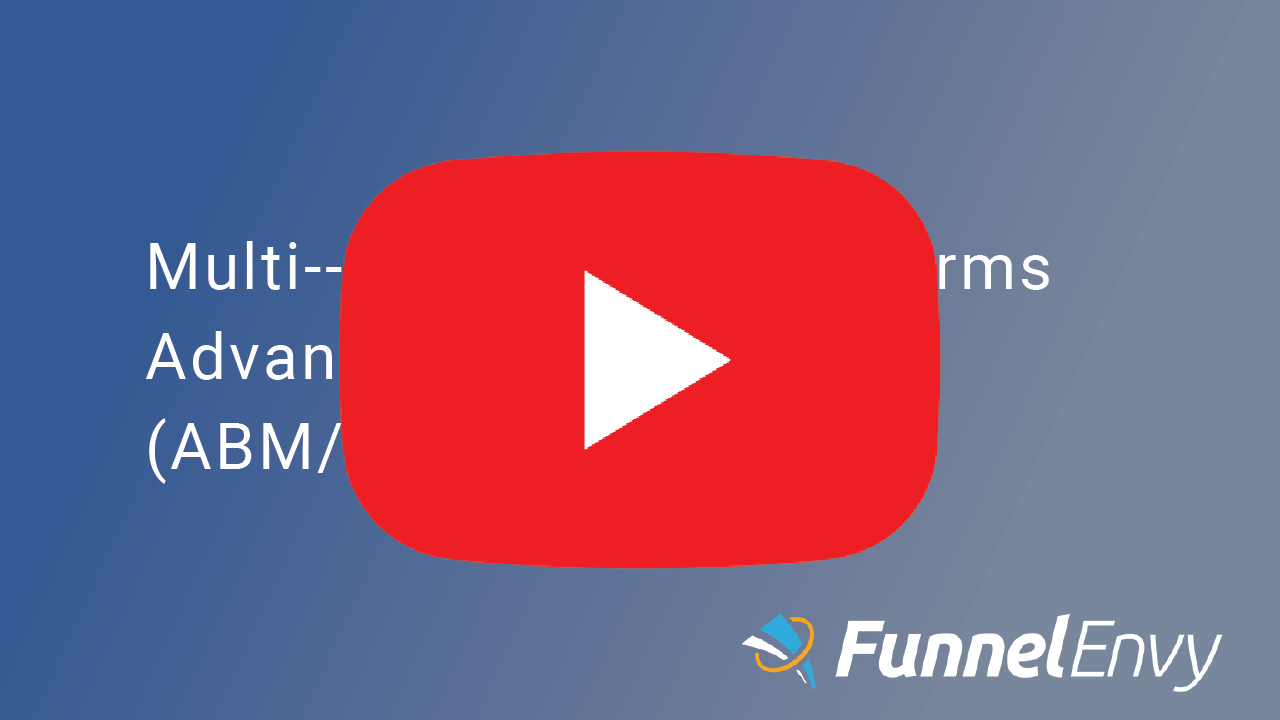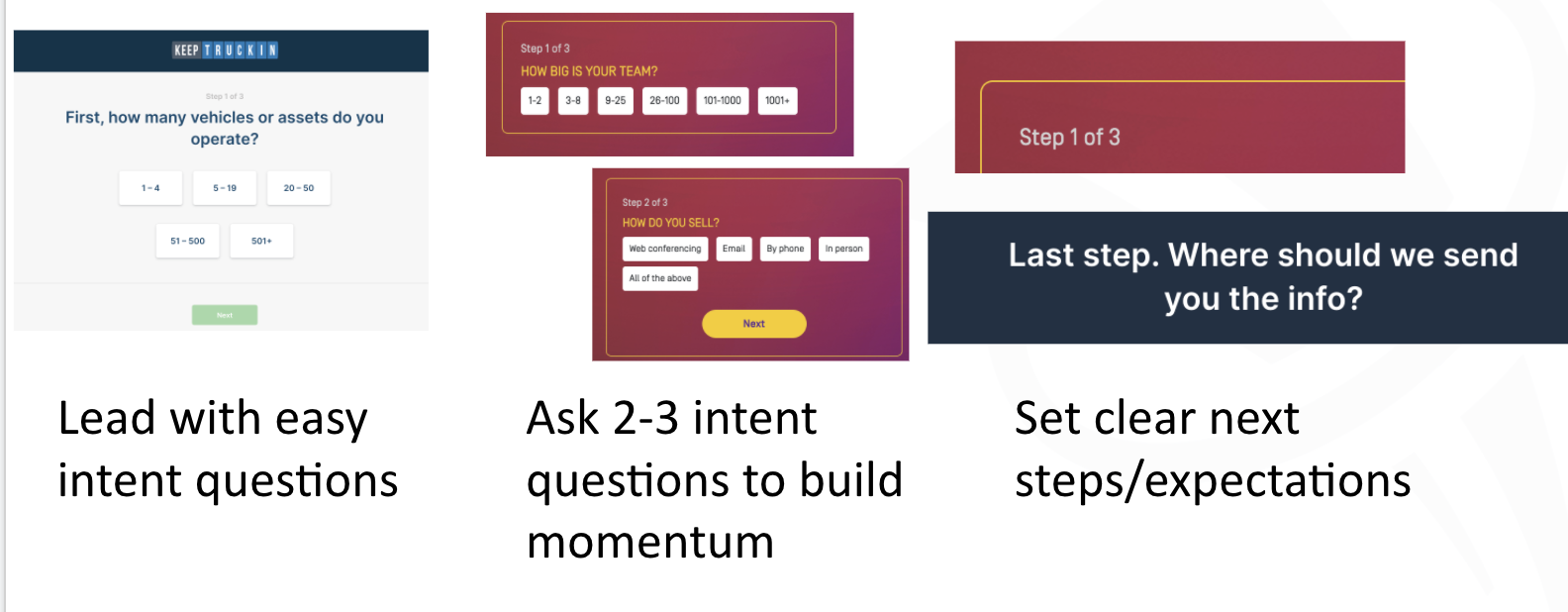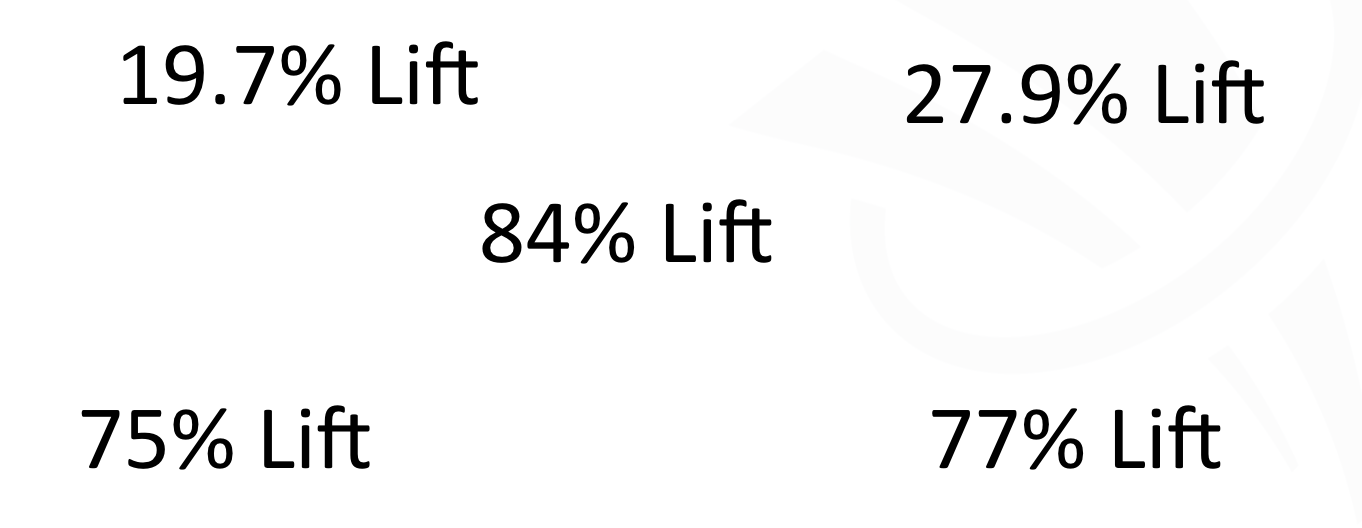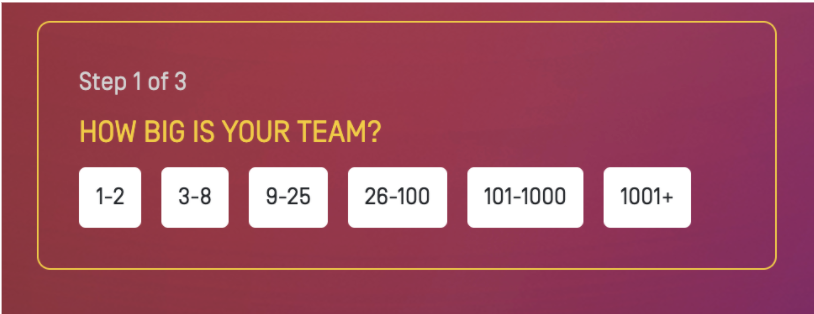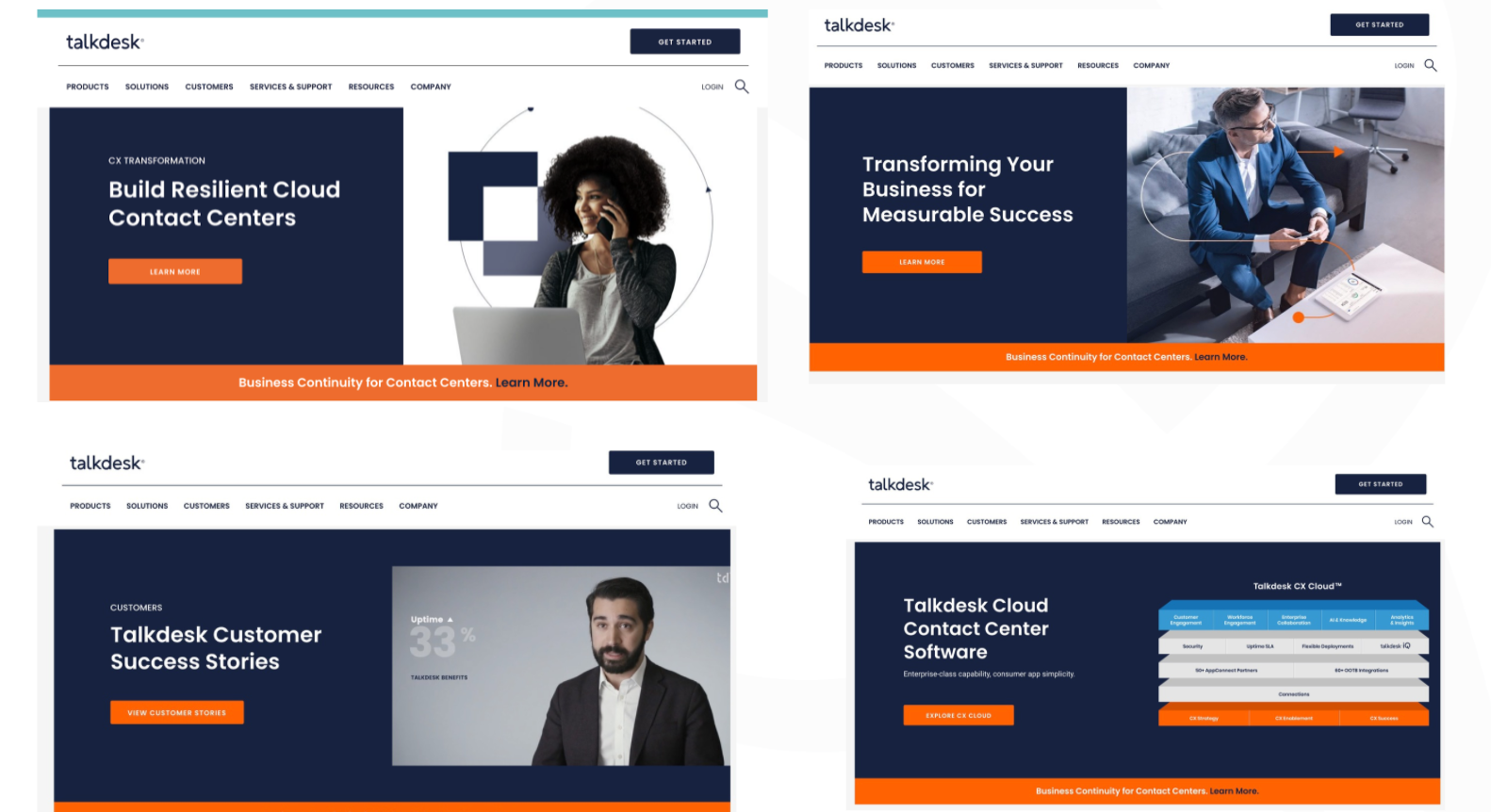The Importance of a Customer Data Platform (CDP) in Your Marketing
Customer data platforms (CDP) are like the connective tissue of your marketing. Like ligaments in our arms and legs, they bind all the different elements together and allow them to move in sync to accomplish the goals of the broader system.
A CDP isn’t a static piece of software that reads data and spits out metrics or provides abstract insights that may or may not be actionable. A good quality CDP is a bi-directional platform that acts as the “glue” of your marketing platform and also helps inform your intelligence and reporting.
This article will go over some of the benefits of CDPs and offer some tips on using them.
What Exactly Is a CDP?
According to Gartner, a customer data platform is “a software application that supports marketing and customer experience use cases by unifying a company’s customer data.” An effective CDP should not only help you process and understand the data gathered from your marketing campaigns; it should also provide information that enables you to direct your efforts going forward.
That’s a good definition, but it can be easier to fully understand a CDP when considering the benefits it can bring your marketing team. Let’s dive into a few everyday use cases for CDPs and explain why they will help you better understand your customers and prospects.
Segmentation of Personas
Distinguishing between the problems and objectives of different clients is one of the most common challenges in B2B marketing. By using a CDP to improve your ability to collect and analyze data from different places, you gain a more thorough understanding of what motivates different clients. A more well-rounded data set means you’re not just relying on interactions with your marketing funnels to get information about people interested in your offering. You can then use this information to segment assets more deeply like email messages, landing pages, pay-per-click ads, etc.
Unification of the Client Profile
Just as a CDP can help you differentiate between your personas, it can also provide a deeper dive into the needs of one audience. This ability allows your marketing team to go beyond vanity metrics and whether or not an offer was converted or clicked on.
Just as a CDP can help you differentiate between your personas, it can also provide a deeper dive into the needs of one audience. Click To TweetA common example in the world of B2B software is support interactions. We often see companies taking a siloed approach, where marketing uses one set of data, support uses another, and it’s challenging to put them together to draw overarching conclusions. Even if the raw data is available in some form – for example, a CRM accessible by the entire company – it can be challenging for all sides of the team to understand how to interpret the data and use it to take informed actions.
With a CDP, information flows openly from one part of the experience to the other in a way that is accessible and understandable for everyone who should be involved in its interpretation.
Enhance Data by Connecting It to Other Departments
The right type of CDP platform allows you to track and gather data from every angle of your business and connect everything into a single thread that makes sense in the broader context of the company. You’ll be able to glean deeper insights from some of the data you are already gathering, which can improve many different parts of the business.
Here’s an easy example: think about the data you are currently tracking from your landing pages. Unfortunately, much of this web analytics information likely falls into the “vanity metrics” category like page views, visits, bounce rates, etc. These data can be helpful, but only if you can put them together into a broader narrative that dictates decisions about your funnel.
Now incorporate a CDP into the picture. Not only can you put these metrics into the platform, but you can also enrich these basic web analytics KPIs by incorporating data from your marketing team – conversions, click-through rates, etc.
This path allows you to go beyond surface-level metrics for your landing pages and understand the specific revenue attributable to each interaction. You can take the normal numbers you look at from a landing page and more clearly understand their direct impact on your sales pipeline.
How Do You Choose a CDP?
We’ve spent a lot of time reviewing a CDP’s benefits. The next logical step to consider is the process of choosing a CDP. While the entire selection process is too complex to detail here fully, we can offer three general tips:
- Clearly define your needs. Think about what specifically you are hoping to accomplish, at least on a broad level – you don’t need to go into great detail yet. Do you want to use a CDP to enhance your post-purchase support and improve churn numbers? Maybe you want to plug up some bad leaks in your funnel. Identifying multiple scenarios is okay, but ideally, you should have two or three that drive the process.
- Incorporate company-wide stakeholders. Representatives from each team responsible for using the CDP in one way or another should have at least some degree of input during the selection process. Even if you want to move relatively quickly, it’s still beneficial to at least keep relevant team members abreast on updates with the selection process. Doing this avoids any unexpected delays or obstacles during the implementation stage.
- Optimize for growth. Change is one of the only consistent elements in the B2B technology sector. As new protocols and tools are developed, the needs and goals of your target audience will undoubtedly shift. This shift leads to pivots, growth, and contraction – often in a very compressed timeframe. The best CDP for your company will be able to handle these changes without causing significant hiccups in your data collection.
Conclusion
It’s easy to see why some might initially be skeptical of a customer data platform as unnecessary complexity, another item to check off on the analytics to-do list. When you use a CDP to its full potential, it has the opposite effect: simplification. A CDP helps you enrich the data you’re already collecting and better connect the work of different team members. Ultimately it should paint a more detailed picture of the entire scope of your customer journey, from the first interaction with marketing collateral to repeat purchases over the long term.
Although these are tangible benefits, the process of going from considering a CDP to reaping its positive elements of it can be a difficult road. A CDP is a complex tool that touches almost every side of your business. For someone unfamiliar or new to selecting the right marketing technology, it’s especially critical to have expert input.
Our team at FunnelEnvy has several years of experience in simplifying our clients’ most complicated business software decisions. If you’re looking to use a CDP to go beyond the rote metrics that may or may not have value for your team, get in touch with us today. We can help you identify the key factors that should drive your CDP decision and advise you on some of the solutions that have worked well for companies in a similar scenario.
To get started, fill out this short quiz to learn about our pricing and how we may be able to help you grow.


